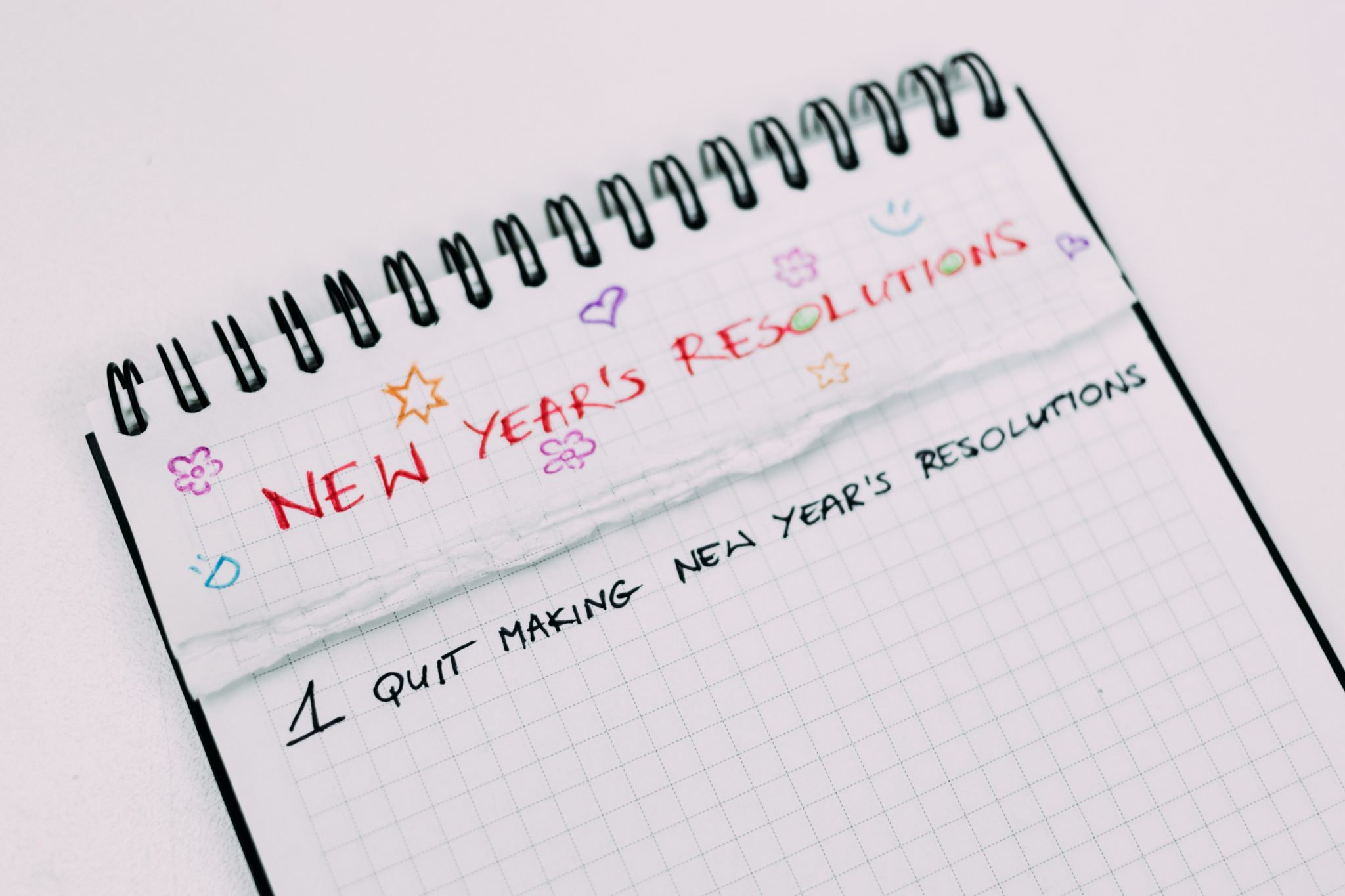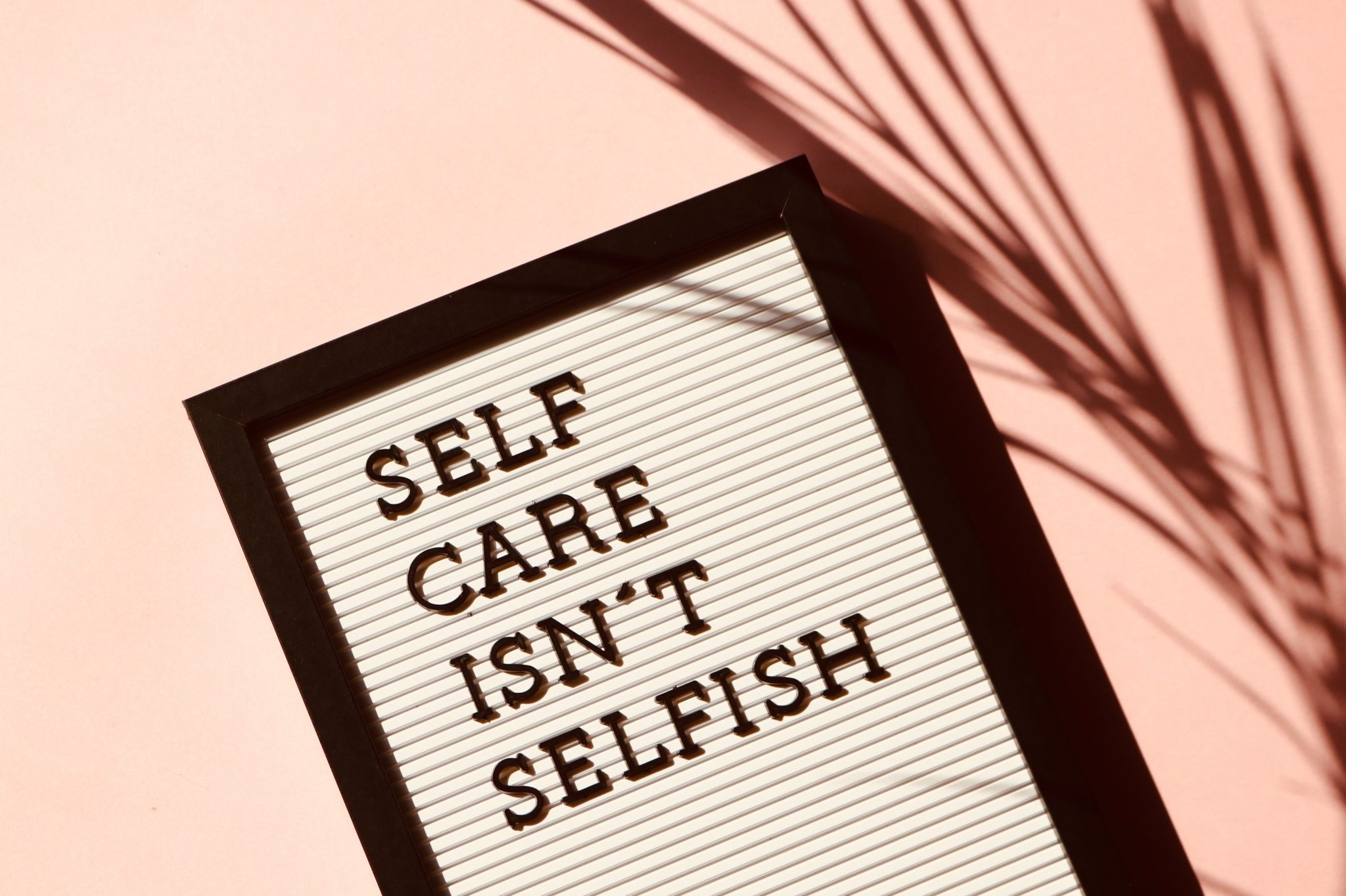
Summer goals are great to set to make sure you accomplish everything you need to before the “back-to-school” season begins. Now that we’re in June, summer has officially arrived — and it’s moving faster than anyone can imagine. So have you accomplished your toughest summer goals?
I know summer is a popular time to chill and hang out — whether by the pool, the beach, or attending concerts with friends. But, unfortunately, summer isn’t about all those things, even though I love them.
Instead, be thinking about your summer goals — specifically, the goals you want to achieve by fall. Have you worked out your personal, professional, and academic progress goals?
Even though summer is often the season of reflection, refreshment, refocus, and rejuvenation — it’s also a great time to explore and try new things. And, because you have more availability thanks to vacations or summer breaks, you can actually focus on your goals.
Thanks to the warm weather, you’ll also have more energy and a better mood. As such, you’ll be able to start tackling your dusty, and un-completed bucket list.

You can still enjoy your summer. Image Credit: Juan Salamanca; Pexels; Thank you!
Tackle Your Five Toughest Summer Goals
Tackling your most challenging summer goals is not easy, especially when you want to be outside and have fun in the sun.
Use these tips to tackle your goals and still enjoy the dog days of summer.
1. Setting forth the goal.
Summer goals are no different from any other goals. The first step is to make a list. To not feel overwhelmed, your list should be lean and mean. In other words, prioritize the things that have value.
Planning your goals is also essential. Holding yourself accountable is also crucial. Writing down your goals helps you do this.
“Vividly describing your goals in written form is strongly associated with goal success,” writes Mark Murphy, founder of www.LeadershipIQ.com. “And people who vividly describe or picture their goals are anywhere from 1.2 to 1.4 times more likely to successfully accomplish them than people who don’t.” This is thanks to external storage and encoding.
Best of all? You can refer back to this whenever you need it.
The next step is to choose a deadline. By setting a deadline, you will remain on track. Deadlines also keep you accountable and motivated.
Last but not least, make this list visible. Put it somewhere you can see it daily, for example, on your fridge, computer, or calendar. Daily reminders will ensure that you stay on track.
Another option? Write down your goals in a journal. Then, you may reflect on them or make any necessary changes at the end of the day.
2. Change your mindset about summer and goals.
Instead of treating this transition period as a break, see it as an opportunity for change. This mindset will make a huge difference.
“If you change the way you look at things, the things you look at change,” said Dr. Wayne Dyer, an author , and motivational speaker. Think of the summer as a time for a change, as well as renewal. Thinking about Summer less traditionally can be the key to starting and completing even your most demanding goals.
It’s no secret that our minds are strong. But, if you place your mind in vacation mode, you’ll think, “let’s take a break.” But, on the other hand, setting your mind on a time for change sets your attitude to “what’s next.”
Even better? Consider adopting a freedom mindset to align with the Fourth of July. Essentially, this growth mindset allows you to break free of whatever is holding you back. To develop this type of mindset, be a little selfish by turning down requests if they interfere with your priorities.
3. Establish monthly, weekly, and even daily goals for yourself, and check in periodically throughout the process.
“Truthfully, goal setting is easy,” writes Nicolas Cole in Fast Company. “It’s the accountability side of things people struggle with.”
“Instead of thinking about your summer as one massive chunk of time (90 days), try to visualize your summer as three separate chapters (June, July, and August),” Cole suggests. Then, divide each of those chapters into smaller chapters (Week 1, Week 2, Week 3, Week 4). “And then within those sub-chapters, really internalize each day that makes up each one of those weeks (Day 1, Day 2, Day 3, Day 4, Day 5, Day 6, Day 7).”
The next step is to set micro-goals for each by asking:
- By the end of June, July, or August, where would you like to be?
- To get there, what goals must you achieve?
- Next, what can you do to break down those goals into weekly milestones?
- Finally, can you break down each of those milestones into daily micro-milestones?
“The more you can help yourself see the next step in front of you (as opposed to the entire three-month journey), the more likely you are to remain consistent and connected to the process,” Cole adds.
4. Don’t fall into a summer slump.
There is no secret that productivity is at an all-time low during the summer months — especially in July and August. According to Captivate Office Pulse’s study, productivity drops by 20 percent during the summer months. In addition, attendance dropped by 19 percent and work turnaround time increased by 13 percent.
There are several reasons why. For starters, people are on vacation. Maybe your gym buddy is out of town, meaning you don’t have someone to hold you accountable. Perhaps you can complete a project at work because your collaborator is out of the office for a long weekend.
We also tend to develop serious cases of FOMO. Why focus on your goals when you want to be at the beach with your friends? And, of course, as already mentioned, there’s the weather.
How can you prevent falling into the summer slump? Well, you could look for inspiration. Maybe reading a book while chilling by the pool. Perhaps, you could schedule a walking meeting with a mentor or someone who pushes you.
Or, you could take a class or attend events to learn new skills to help you reach your goals. And, if the workplace is quieter than usual. Primarily — making plans and the steps to achieve them.
5. Make keystone habits a part of your daily routine.
In the summer, you have many chances to improve your life. For example, let’s say that you want to prioritize your health. Incorporating healthy practices into your daily summer routine could transform these seasonal habits into second nature before frost and cooler weather set in.
For example, studies show that spending time in nature lowers stress, heart rate, and blood pressure, all risk factors for heart disease. The summer months are a great time for friends and family to enjoy sports such as walking, swimming, biking, and hiking. Incorporate outdoor activities into your family’s weekly schedule by setting aside time for them on the calendar. What’s more, this can reduce your screen time usage.
If you want to achieve your goals, you should instill keystone habits.
In his book, The Power of Habit, Charles Duhig aptly describes the keystone habit. As the cornerstone of any structure, the keystone holds everything in place. Additionally, keystone habits encourage the development of other good habits while helping eliminate bad ones.
If you develop keystone habits, you’ll be able to achieve your goals while also improving your time management.
Image Credit: Josh Willink; Pexels; Thank you!
How to Tackle Your 5 Toughest Summer Goals was originally published on Calendar by John Hall.









